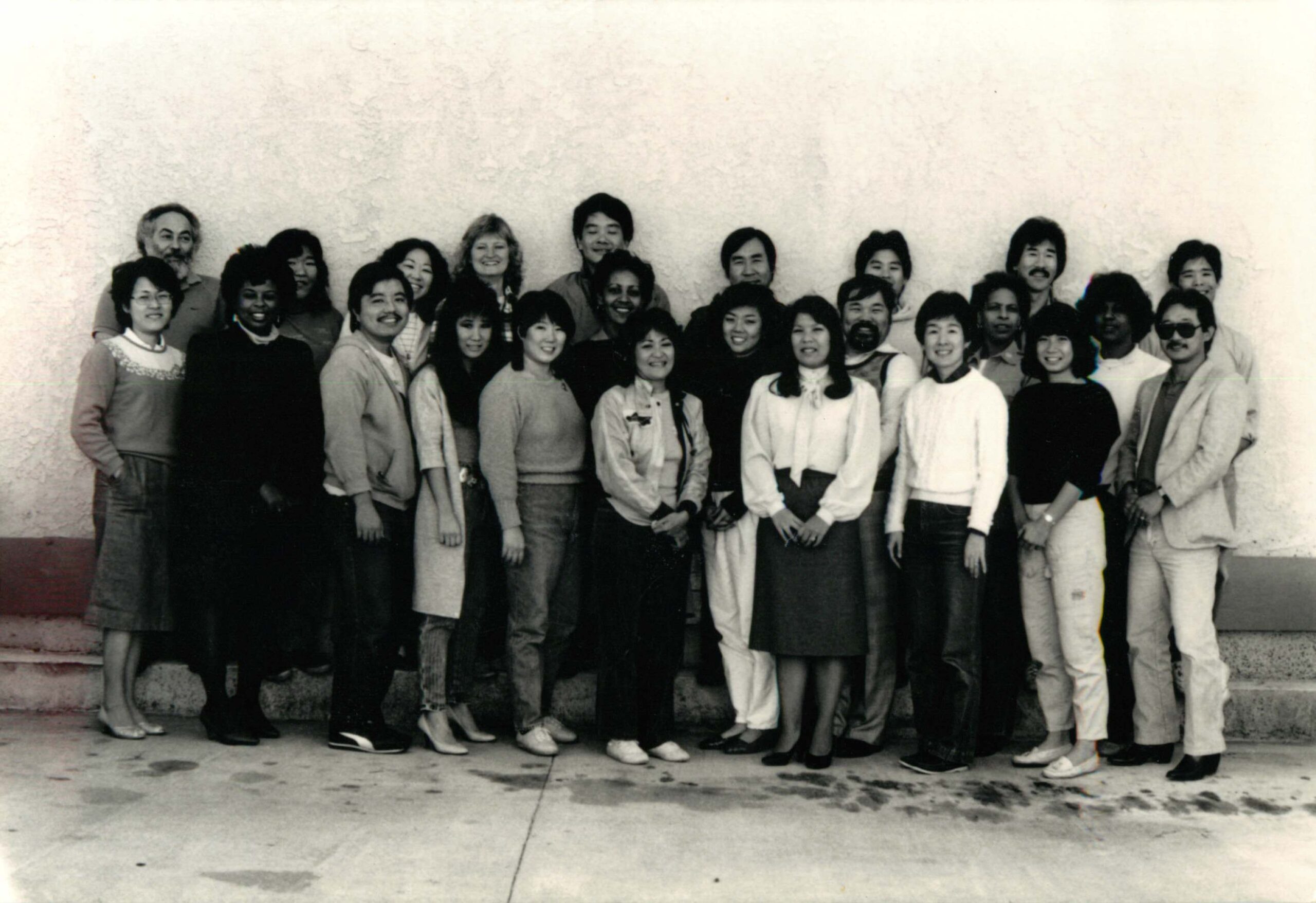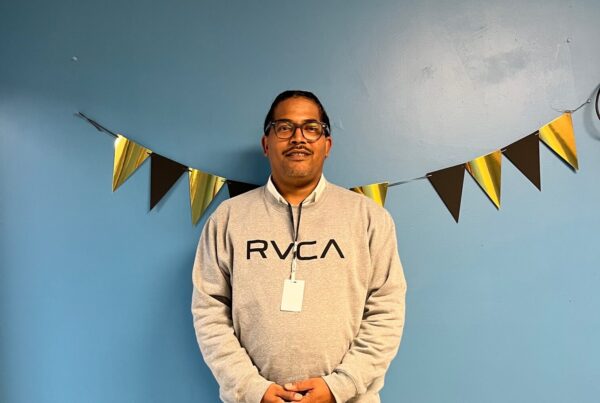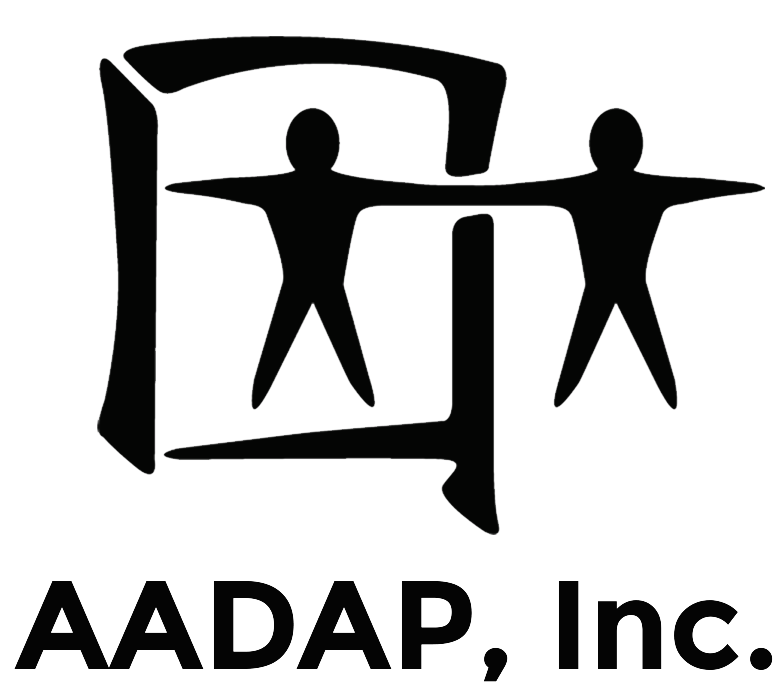 AADAP Celebrates Its Golden Semicentennial Anniversary
AADAP Celebrates Its Golden Semicentennial Anniversary
By Mike Watanabe, President Emeritus, MSW, LHD and Rahimah Shah-Fiddmont, Development Associate, Editor
2022 marks a significant and special time in history for AADAP. In 1972 December, 50 years ago, AADAP became a 501c3 nonprofit organization through the hard work of AADAP’s grassroots dedicated young leaders. Due to the breadth of information, this edition’s 50th Anniversary article is the first of a three-part series that will take us on a summarized journey of the past, reflecting AADAP’s valuable history. The nostalgic memories clearly show how AADAP has worked to overcome obstacles holding firm to the belief in supporting people who are committed to a sober and second chance. Each significant guest contributor was asked to share a few pivotal memories from their experience in the specific decade when they worked at AADAP.
In the early ‘70s, the AADAP leadership was in their twenties, and the staff was comprised of a younger group. There were far too many important groups and individuals involved in the growth and progress of AADAP to highlight here. Karl Nobuyuki wrote the first proposal. Mas Fukai wrote a personal check to incorporate the agency. Esther Soriano was the first Board President. Ford Kuramoto and Pat Okura lobbied Congress. Ron Wakabayashi was the first Executive Director (ED) of AADAP. Tommy Chung was the ED of Asian Joint Communications (AJC), a prison half-way house that later became the Therapeutic Community (TC)
“I wrote up a mini grant that funded a team of us to spend a week at Mills College in Northern California. We had consultants working with us and other teams to design a treatment program. That design became the foundation for the NIDA proposal that first funded the creation of AADAP in 1973.
– Ron Wakabayashi
The early years were also marked by AADAP’s role in advocacy and sponsoring of other organizations. It was its goal and responsibility to help its partners grow and become independent agencies. Asian Rehabilitation Services, Pacific Asian Consortium in Employments, and Koreatown Youth and Community Center benefitted from this. By 1976, the AADAP and AJC merged, and Tommy assumed the directorship. He made a critical decision to purchase the Crenshaw Motor Hotel from the Frances Kuramoto family and bring the programs together under one roof.
“We had a lot of bathtubs taken out of the old motel on Crenshaw that became our headquarters and TC. Once they were used to make huge batches of a traditional Korean fermented cabbage, otherwise known as, Kimchi. It was a fundraiser.”
– Ron Wakabayashi
After Tommy Chung left, Ron Wakabayashi became the ED for the second time. Mike Watanabe began as a Counselor in AJC at the Western House. He joined at a time when the program had been through early struggles and many people were burned out. He brought new energy and ideas and soon became the Coordinator. He hired the iconic Phyllis Mickle, who was graduating from Tuum Est in Venice. She had the instincts of a seasoned LCSW and the heart to connect with the hardest of souls. Together they began to grow the TC program with a strong commitment to the “Family Concept.”
“I remember when we bought the hotel in Crenshaw and had to get out of the Western House real fast. We were still in escrow, so the hotel had residents. We had to move them to the front, while we did programs in the back. Those residents were half dope fiends, hookers, and criminals. The manager, Big Harold was known to walk around the hallways with a .22 rifle. We had to shake down the place and found stashes in every nook and corner. We ran programs for about six months and didn’t lose one. To this day, the TC is known as the Back.”
By 1982, Mike took the Executive Director position and continued the work with a commitment to community taught by his mentors. Through a solid developed team, thorough outreach, good staff, policies, and procedures that were culturally sensitive from the beginning, AADAP has grown to work with Asian Pacific Islanders and all communities to understand the subtle differences, similarities and needs between the diverse ethnic groups. Here are a few pivotal moments from some key staff, who were with AADAP and instrumental to shaping the agency to what it is today.
“The very soul of AADAP is deeply connected to ride or die activism from groups like Asian Hard Core, Omai Fa’atasi, Yellow Brotherhood, Asian Sisters, Free Chol Soo Lee, and Asian Joint Communications to name a few. AADAP remains steadfast in advancing liberation movement principles to address issues that individuals, families, and communities endure; and in dismantling systems and structures that contribute to substance abuse. I am eternally grateful for every moment of my twenty plus years with AADAP.”
– Diane Ujiiye
“When I started the first of 26 years at AADAP the agency had about 30 employees, and those included staff from the Therapeutic Community (TC), Outpatient Unit, Prevention Unit, as well as the Administration component. We were all housed at the building located on Crenshaw, the current site of the TC.
Over the years, AADAP, under the leadership of Mike Watanabe, grew to become a multi-faceted agency employing well over 100 staff scattered throughout LA County. The OP and Prevention Units have long moved from the Crenshaw building to provide services throughout the South Bay and LA areas. I learned much about how AADAP’s creed of “People Need People” holds true in the fabric of our daily lives, and I have come to deeply appreciate the change and growth it has created in my behavior and perspectives on life.”
– Al Mizuno




